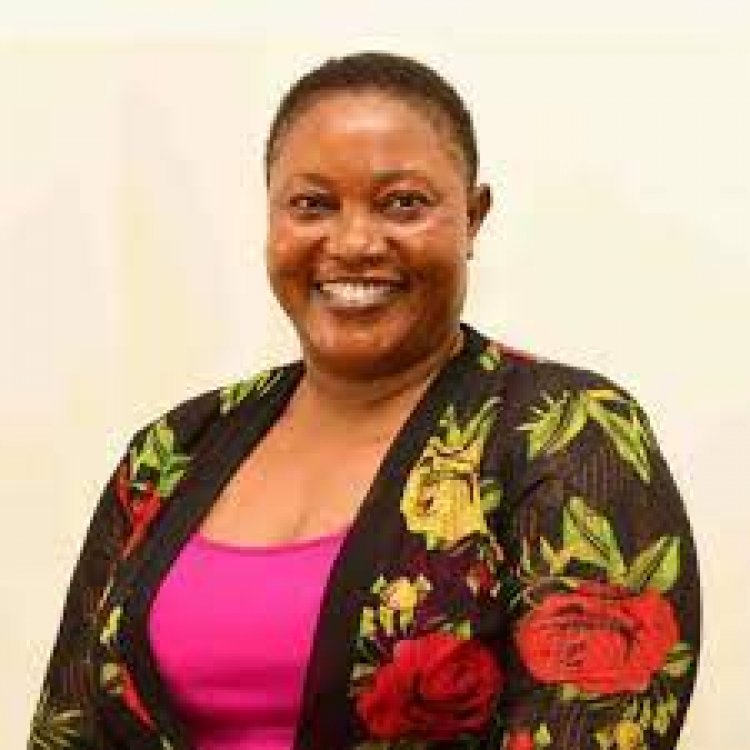By Milly B Babalanda
Finally, the much-touted Parish Development Model (PDM) is getting under way. The day is February 26, when the Model will be launched by the chief proponent and, as yet, the best advocate for it, President Yoweri Museveni. PDM is the latest intervention in the NRM Government’s continuous quest to lift all Ugandans from the poverty complex.
It is structured to organise and boost wealth creation opportunities at the lowest economic planning unit and turn every parish in the country into a model “development unit”. The Model targets a new catchment area that should leave nobody behind.
Under local government structures, every Ugandan lives in a parish, which is the administrative unit below a sub-county and above a village cell. My own parish is Nawantumbi in Buzaaya County, Kamuli district. This is where I was born (in Nalinaibi village), grew up and have lived for the greater part of my time on earth. Under PDM, I would base in Nawantumbi to seek support. With the coming of PDM, I will no longer look at Nawantumbi in the traditional way as a small place where I go to observe life from the sidelines; it will be a hub of renewal and transformation for the common person.
Nawantumbi will cease to be a name of a place and become a nucleus economy contributing to the larger national economy. This is the year that Nawantumbi residents embrace a new chapter in development. Which is your parish? It’s my appeal that we all embrace PDM as a gateway to transforming the humble backyards where we were raised based on the grassroot, bottom-up economic model.
The initiative aims to spring the nearly 39 per cent of households from subsistence economy to commercial production. There have been different empowerment programmes before but PDM is different. None of the previous programmes placed economic power in the hands of communities in real terms, geographically and financially. PDM comes with a considerable offer of decision-making in the hands of beneficiaries in that people will decide what they need in their locality and what is best suited for them in their unique circumstances.
Under PDM, residents will mobilise and constitute themselves in a format that best fits their development and economic needs based on their unique circumstances. It has an aspect of “zoning and specialisation”, where the most appropriate enterprises to invest in a given parish will be selected.
PDM also comes a time when many lessons have been learnt in the past, from implementation of other anti-poverty (wealth creation) initiatives.
The Model encompasses several pillars including production, infrastructure and economic services, financial inclusion and social services, community data (Community Information System), governance and administration, and mindset change. It is by far the most ambitious empowerment initiative ever envisaged, and should, in a few years of implementation bear out the wisdom of continuously innovating around the theme of mass “socio-economic transformation” as captured in theme of this year’s NRM/NRA Liberation Day which we marked on January 26. That these themes rotate around the general idea of making Ugandans richer should be celebrated as a sign of consistent commitment by the NRM Government to getting everybody in the money economy.
PDM is also a culmination of NRM’s “Securing Your Future” slogan as used in last year’s general elections as one big way for the party to fulfill the contract entered into with Ugandans in the winning Manifesto. The financial inclusion agenda will promote savings and investment by households in the most viable activities with a potential for generating a production surplus for home and local consumption, and the market.
The funds are there, the Model has been embraced at a high level; what is needed as implementation is launched is for the local “parishan” to appreciate their position in its success. Middle Income status will be achieved faster with PDM in place.
Our dear Members of Parliament (MPs), here is something to lend your full energies to; development-oriented leadership is the mainstay of our times. The voters are yearning and ready to prosper. Guide them without discrimination whether they are your supporters or not, members of political party A or political party B! PDM should benefit everyone!
To ensure a great start, great emphasis should be put on public sensitisation (which is being done in conjunction with the Ministry of Information and Communication Technology). Limited or no citizen awareness results in everyone moving in their own directions, risking the programme’s great promise. My friends, RDCs and RCCs, should coordinate all stakeholders in their jurisdictions and provide reliable guidance to ascertain that PDM succeeds as envisaged.
On the first anniversary of launch, every parish in Uganda should have full representation in the economic equation. Every resident should find out how to belong to any of the groups through which funds will be disbursed.
Meanwhile, there is clamouring among NRM leaders to be incorporated in the system of implementing Government programmes in a bid to ensure effective service delivery in line with the party’s Manifesto. It is good that the ruling party leaders are interested in helping to midwife development. There is no harm in that, and I suggest that they go ahead but without compromising the non-partisan nature of Uganda’s development agenda which leaves nobody behind and empowers every citizen to participate in monitoring government projects so that money is not squandered.
The author is the Minister for the Presidency








